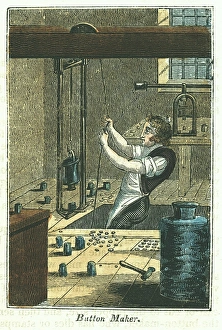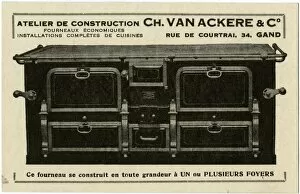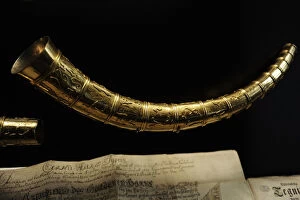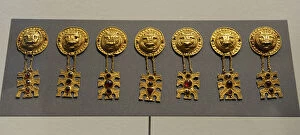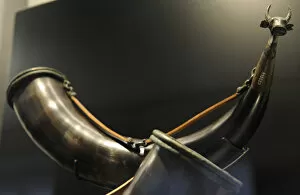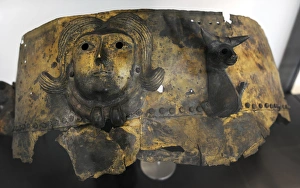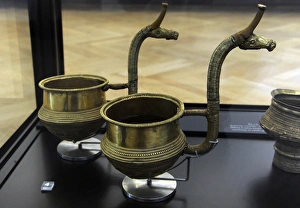Metalworking Collection (page 10)
Metalworking is an ancient craft that has shaped civilizations and left a lasting mark on history
All Professionally Made to Order for Quick Shipping
Metalworking is an ancient craft that has shaped civilizations and left a lasting mark on history. From the magnificent Trundholm sun chariot, dating back to the Early Bronze Age in 1400 BC, to the skilled hands of blacksmiths meticulously crafting metal hoops for wagon wheels in 1903, it has always been at the heart of innovation and creation. The Vickers Iron Foundry in Barrow-in-Furness stands as a testament to the industrial revolution, where molten iron was transformed into sturdy structures that propelled progress forward. Witnessing a blast furnace in action is like observing raw power harnessed to shape metals into tools and machinery. Baldwin's Works in Port Talbot, Wales showcases how metalworking became intertwined with architectural marvels. The silver altar from Husu's chapel exemplifies the exquisite craftsmanship achieved by combining ebony and precious metals. Delving further into history, we encounter intricate gold rings adorned with cameos from the 3rd century BC or King Arthur himself immortalized through a bronze sculpture created in 1513. A wreath crafted from pure gold during the 4th century BC serves as a reminder of opulence and beauty. Intriguing artifacts such as cabassets made around 1570 demonstrate not only functionality but also artistic expression through steelwork combined with black paint and brass rosette rivets. Delicate lion head earrings or ear pendants made from gold during different eras transport us back to ancient times when jewelry symbolized status and elegance. Metalworking encompasses more than just forging objects; it encapsulates human ingenuity throughout time. It tells stories of technological advancements, cultural expressions, and artistic mastery passed down through generations. Whether it be creating grand sculptures or delicate adornments fit for royalty, metalworking continues to captivate our imagination while leaving an indelible mark on our collective history.

